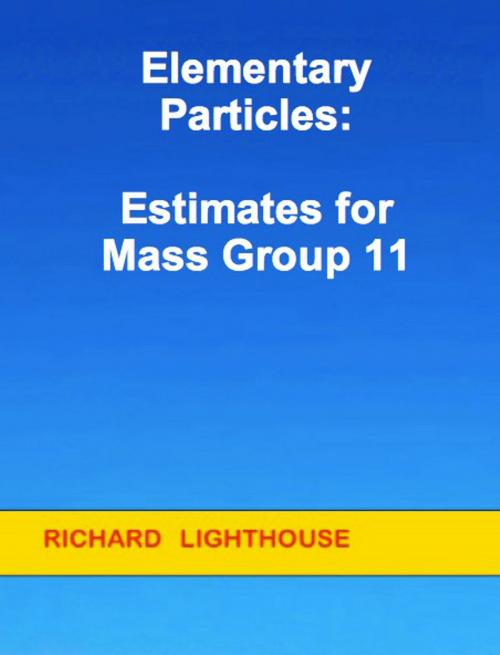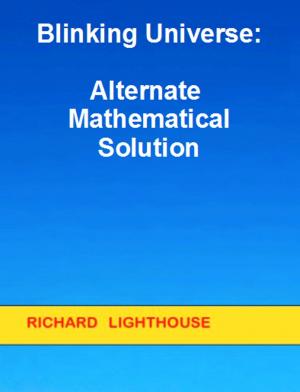Elementary Particles: Estimates for Mass Group 11
Nonfiction, Science & Nature, Science, Physics, Quantum Theory, Cosmology| Author: | Richard Lighthouse | ISBN: | 9781311424273 |
| Publisher: | Richard Lighthouse | Publication: | January 19, 2015 |
| Imprint: | Smashwords Edition | Language: | English |
| Author: | Richard Lighthouse |
| ISBN: | 9781311424273 |
| Publisher: | Richard Lighthouse |
| Publication: | January 19, 2015 |
| Imprint: | Smashwords Edition |
| Language: | English |
This paper presents new elementary particles based on the QAM model as the first Periodic Table for Elementary Particles. The mass values for these new particles are estimated, based upon possible mathematical patterns. It should be noted these estimates are rough. The basic format is based upon the 1024-QAM table that graphically displays how all elementary particles are related, similar to the Standard Periodic Table in chemistry. Interestingly, the math that describes QAM is simple and elegant. If we line up all of the particle masses in order, we find there are a number of “gaps.” These are called the mass gaps, and they line up perfectly with 1024-QAM. QAM is very simple – it is the math used for wifi signals, and it perfectly fits the sequence of elementary particle masses. 4 new particles are predicted to be discovered between 1 to 30 PeV.
This paper presents new elementary particles based on the QAM model as the first Periodic Table for Elementary Particles. The mass values for these new particles are estimated, based upon possible mathematical patterns. It should be noted these estimates are rough. The basic format is based upon the 1024-QAM table that graphically displays how all elementary particles are related, similar to the Standard Periodic Table in chemistry. Interestingly, the math that describes QAM is simple and elegant. If we line up all of the particle masses in order, we find there are a number of “gaps.” These are called the mass gaps, and they line up perfectly with 1024-QAM. QAM is very simple – it is the math used for wifi signals, and it perfectly fits the sequence of elementary particle masses. 4 new particles are predicted to be discovered between 1 to 30 PeV.















